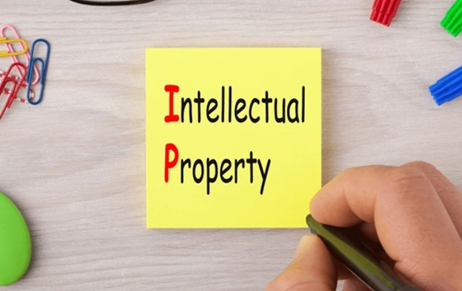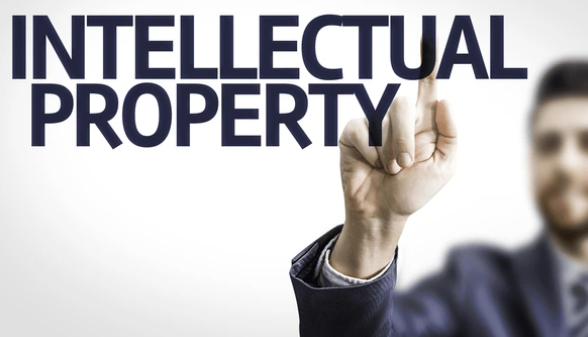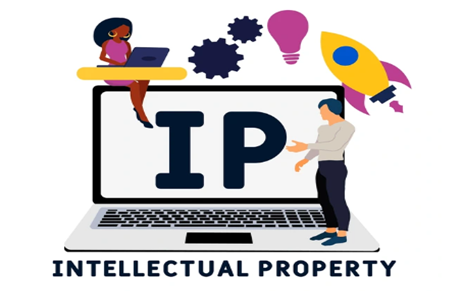Today, in the knowledge-based economy, ideas are not just vague concepts; they are powerful business…
Compulsory Licensing: An Indian Overview
Compulsory licenses are sovereign state authorizations that enable a third party to make, use, or sell a patented product without the consent of the patent holder. Provisions pertaining to compulsory licensing are provided for under both the Indian Patent Act, 1970, as well as the international legal agreement between all the member nations of WTO – the TRIPS. In India, Chapter XVI of the Indian Patent Act, 1970 deals with compulsory licensing while the conditions that need to be fulfilled for the grant of a compulsory license are laid down under Sections 84 and 92 of the Act.
In accordance with Section 84(1)of the Indian Patent Act, 1970, after three years from the grant of a patent, any interested person may make an application for a compulsory license on the grounds that the patented invention:
(a) Does not satisfy the reasonable requirements of the public;
(b) Is not available to the public at a reasonably affordable price; and
(c) Is not worked in the territory of India.
In addition to the aforementioned grounds, according to Section 92 of the Act, compulsory licenses can also be issued suo-motu by the Controller of Patents pursuant to a notification issued by the Central Government if there is either a “national emergency” or “extreme urgency” or in cases of “public non-commercial use”. The said section enables the Government of India to notify the public of such extreme circumstances, whereupon, any person interested can apply for a compulsory license and the Controller in such a case may grant to the applicant a license over the patent on such terms and conditions as he thinks fit.
The patentee, however, has the right to be heard in the compulsory licensing application process.
India’s first-ever compulsory license was granted by the Patent Office on March 9, 2012, to Hyderabad-based Natco Pharma for the production of a generic version of Bayer’s Nexavar, an anti-cancer agent used in the treatment of liver and kidney cancer. It was established in the Bayer vs Natco case that only 2% of the cancer patient population had easy access to the drug and that the drug was being sold by Bayer at an exorbitant price of 2.8 lakh INR for a month’s treatment. Further, on the ground that Nexavar was being imported within the territory of India, the Indian Patent Office issued a compulsory license to Natco Pharma, which assured that the tablets would be sold for Rs. 8,880/- per month. It was settled that 6% of the net sales of the drug would be paid to Bayer by NatcoPharma as royalty.
In the second case of Compulsory licensing in India, the Controller rejected BDR Pharmaceuticals’ application for compulsory license (made on March 4, 2013) for BMS cancer drug, SPRYCEL. The Controller rejected the compulsory license application made by BDR for stating that BDR has failed to make a prima facie case for the making of an order under section 87 of the Act. The controller in the said case observed that BDR Pharmaceuticals had not made any credible attempt to procure a voluntary license from the Patent holder and the applicant has also not acquired the ability to work the invention to the public advantage.
In the most recent case of compulsory licensing in India, Lee Pharma, a Hyderabad based Indian pharma company, filed an application for compulsory license (dated 29.06.2015)for the patent covering AstraZeneca’s diabetes management drug Saxagliptin. In order to make a prima facie case, Lee Pharma strived to show that their negotiations for a voluntary license with the patent owner were not rewarding as they did not receive any response from the Patent owner within a reasonable period. The grounds alleged by Lee Pharma were that:
- the patentee has failed to meet the reasonable requirements of the public,
- the patented invention is not available to the public at a reasonably affordable price, and
- the patented invention is not worked in India.
However, all the three grounds of Lee Pharma were rejected by the Controller General and the Compulsory license application was refused. The application was rejected on the basis that Lee Pharma failed to demonstrate what the reasonable requirement of the public was with respect to Saxagliptin and further failed to demonstrate the comparative requirement of the drug Saxagliptin vis-a-vis other drugs which are also DPP-4 inhibitors. Further, Controller General held that all the DPP-4 inhibitors were in the same price bracket and the allegation that Saxagliptin alone was being sold at an unaffordable price was unjustified. The Controller General also stated that Lee Pharma failed to show the exact number of patients being prescribed the patented drug and how many of them were unable to obtain it due to its non-availability and consequently it was difficult to hold whether manufacturing in India was necessary or not.
Considering the last two compulsory license cases in India, it is clear that the provisions of compulsory license cannot be misemployed to diminish the rights of the patent holders and that the basic jurisprudence governing the subject of compulsory license lies in balancing the conflicting interest of the patentee’s exclusive rights and making the invention available at an affordable price to third parties in case of need.
About the author: Tanu Goyal, Patent Associate at IIPRD and can be reached at tanu@khuranaandkhurana.com



